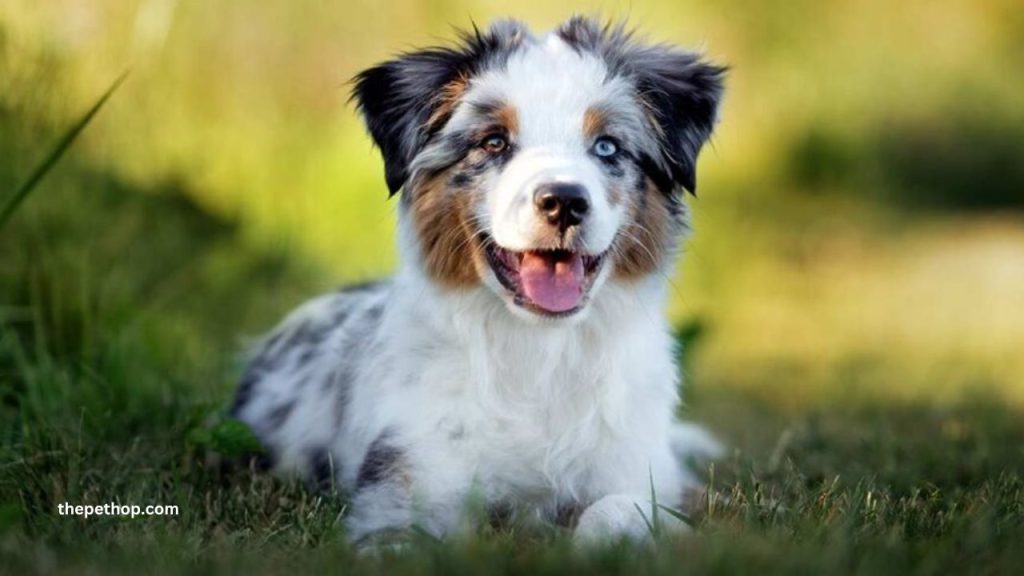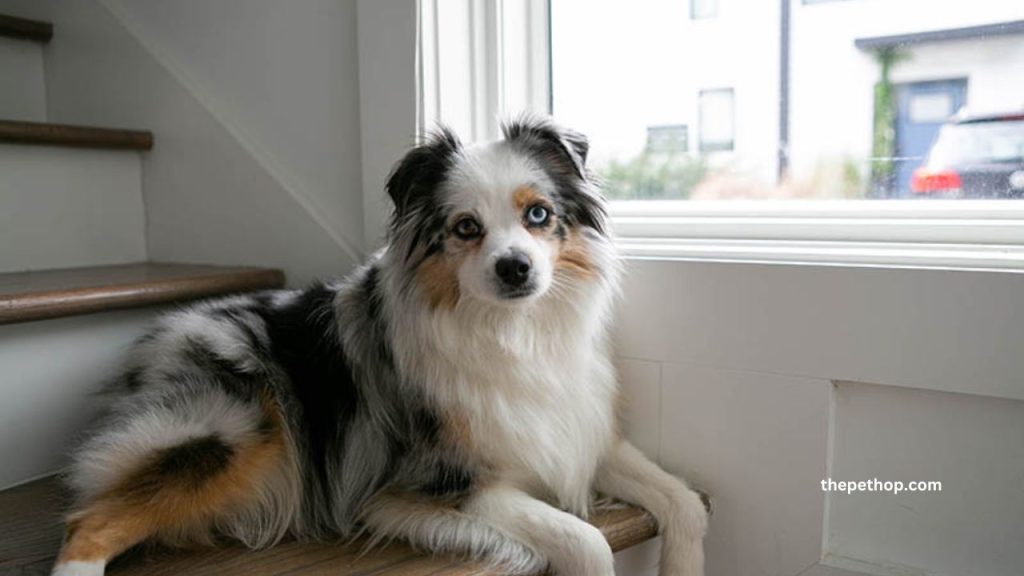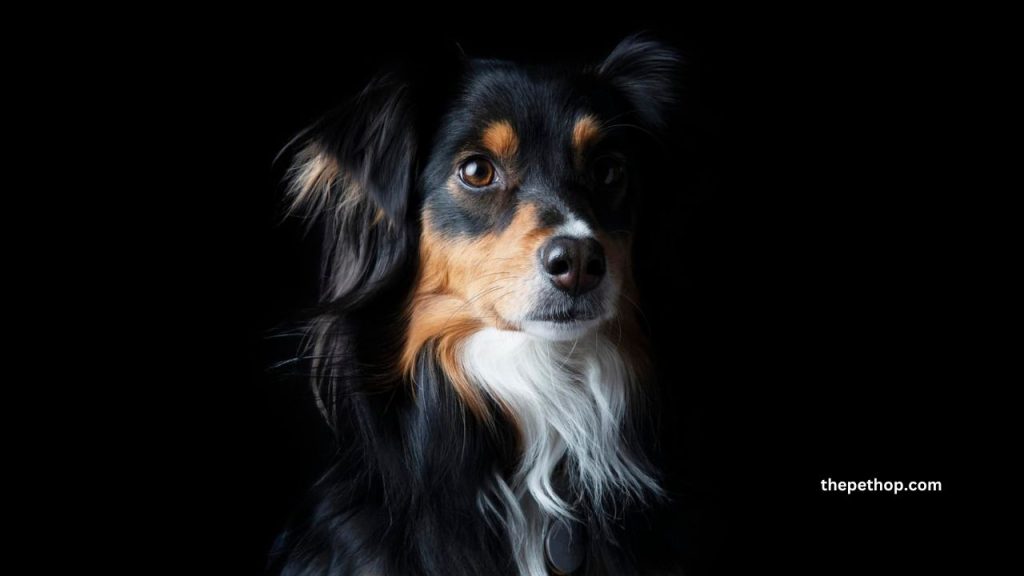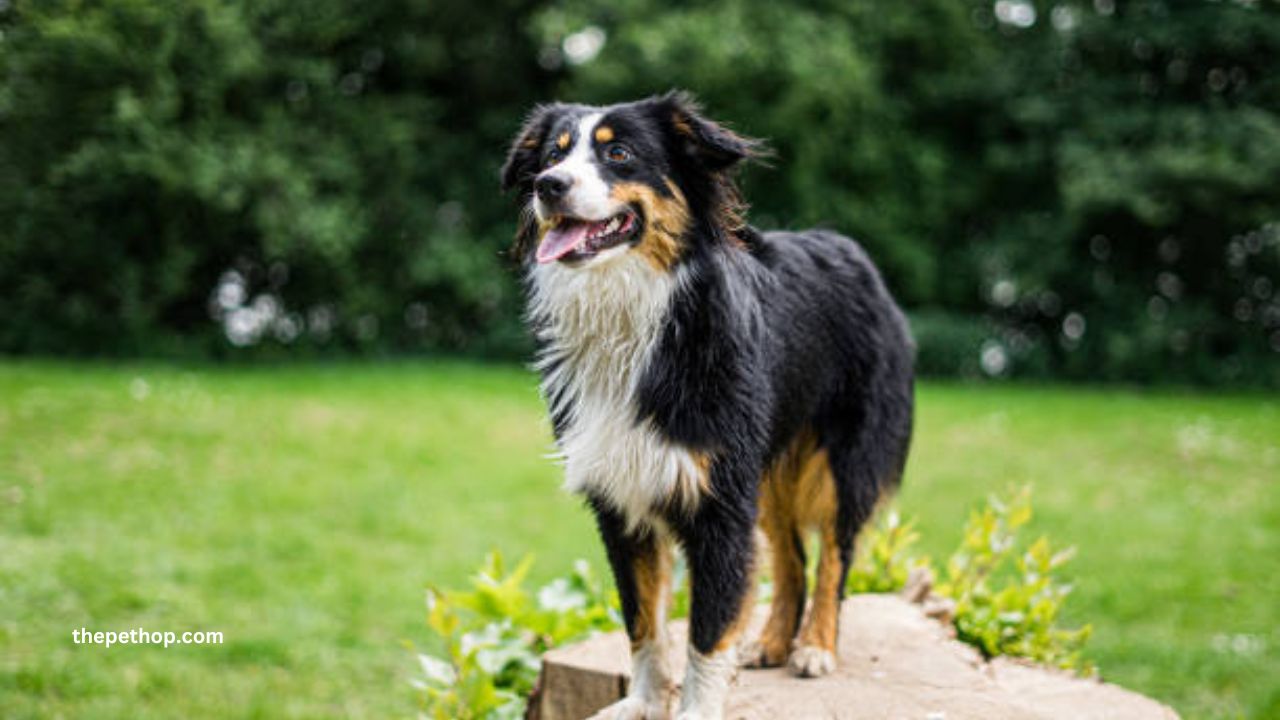The only difference between miniature Australian Shepherds and the popular Australian Shepherd breed is their shorter height. Mini Australian Shepherds are physically smaller but they still have large personality and lots of action.
Contents
- 1 Basics About Miniature Australian Shepherd:
- 2 Breeding History Of Miniature Australian Shepherd:
- 3 Does Mini Australian Shepherd Bark a Lot?
- 4 Lifespan Of Mini Australian Shepherds:
- 5 Does Miniature Australian Shepherds Shed a Lot?
- 6 How Much Exercise Does a Mini Australian Shepherd Need?
- 7 Are Miniature Australian Shepherds Good Family Dogs?
- 8 Diet Requirements Of Mini Australian Shepherds:
- 9 Some Health Issues:
- 10 How Much Does a Mini Australian Shepherd Cost?
- 11 How to Train Your Mini Australian Shepherd:
- 12 Guide For Buyers:
- 13 Conclusion:
- 14 Related Posts:
Basics About Miniature Australian Shepherd:

A small variation of the Australian Shepherd is called the Mini Australian Shepherd. They are actually from the United States and not from Australia.
This dog originated as part of a group of Australian Shepherds chosen because of their smaller size and they evolved into their own unique breed.
Miniature Like their taller colleagues are categorized as herding dogs. These dogs were created to look after livestock and help with farm duties. Particularly small ones have a history of being rodeo dogs.
Behind that lovely little face, Mini Australians have a pretty large brain. They are ready to learn any game that keeps their minds active and these natural learners are capable of carrying out a variety of jobs.
Their past as herders contributes to their kind nature. Working is like a game for them and they want to do everything that support their owners.
| Overview | Purebred |
| Basic Color | Black or reddish-brown |
| Coat | Long Double Coat |
| Purpose | Herding |
| Weight | Around 40 Pounds |
| Size | 14 to 18 inches tall |
| Intelligence | High |
| Temperament | Lovable, loyal, hardworking, eager and helpful |
| Good With Children | Yes |
Breeding History Of Miniature Australian Shepherd:

The histories of Australian Shepherds and Miniature Australian Shepherds are linked. Basque, which is an area between Spain and France is where this breed first evolved. Because they were excellent at both tasks, local shepherds used Aussies as working and herding dogs.
This breed began to appear in California in the 1960s. Dog breeders started breeding the smallest Australian Shepherds together in an effort to create a smaller version of this already amazing dog. The Miniature Australian Shepherd is the result.
These dogs are still a common choice for people and their families worldwide today. These puppies are wonderful family dogs, outstanding competitors in agility and sports and they continue to show their strong abilities for working on big farms with livestock.
Does Mini Australian Shepherd Bark a Lot?
Small dogs are always known for constantly barking, some dogs like to bark more than others, yet you could teach them to stop doing it. How does the Mini Australian Shepherd compare in this context? Do they constantly bark or do they have a calm temperament that makes it easier to control them? While Mini Australian Shepherds often don’t bark a lot, this is no assurance that they won’t.
Lifespan Of Mini Australian Shepherds:
The average lifespan of various kinds of dogs can be affected by a number of factors. Some can be handled such diet or veterinary therapy. Others are going to happen because you can’t control when they will because of factors like genetics. Reputable breeders will spend money on pre-breeding health examinations to prevent breeding puppies who have a higher risk of getting congenital defects and other diseases.
The Mini Australian Shepherd has an average lifespan of 12 to 13 years. Keep in mind that this dog’s size is the result of selective breeding. It might have accidentally paved the way for an increased risk of heritable diseases that could shorten its lifespan. Compared to the more popular Australian Shepherd, the Mini Aussie population is smaller. Because there are fewer breeding adults available, the possibilities can increase.
Does Miniature Australian Shepherds Shed a Lot?
You may definitely tell from just looking at their thick waterproof double coat that Mini Australian Shepherds do shed. You should prepare for increased shedding twice a year when your puppy ‘blows coat’ or loses their undercoat to get ready for the change of seasons. It might be very helpful to brush your dog more than once a week if you want to keep your home as free of dog hair as possible.
How Much Exercise Does a Mini Australian Shepherd Need?
A Miniature Australian Shepherd needs at least an hour of moderate exercise every day. These dogs don’t care how they exercise, so a stroll, run, jog, or hike will all work. These puppies also enjoys in some indoor fun and without a leash running outside.
Are Miniature Australian Shepherds Good Family Dogs?
Australian Shepherd puppies are wonderful family pets. These puppies are friendly with kids and adapt well in a busy home. This might be the ideal breed for you if you’re searching for a friend who can keep up with the kids and go on an adventure with your family and then relax next to your feet at the end of the day.
Diet Requirements Of Mini Australian Shepherds:
While being a little breed, this one is highly active. They won’t need as much food as an Australian Shepherd of the same size. At 1 cup at each meal, an adult dog needs 2 cups of kibble daily. Replace one of their bowls of kibble with one can of food if you wish to feed them wet food.
Raw meat should be the primary element of both wet and dry meals with little to no chemicals or additives. Any dog’s diet should always consist mainly of meat followed by naturally occurring healthy fats. Grain and carbohydrate intake should be limited.
Some Health Issues:

The gorgeous eyes of this dog can develop a number of diseases. Blindness and vision issues are extremely common in the breed. Save a ton of money on the medical expenses for your pet whether they are related to an illness or on accident or overall health.
They can be born having iris colobomas which can be brought on by an undeveloped iris. A colomba is a black spot on the iris that affects eyesight to various degrees.
Microphthalmia (an undeveloped eye) is a condition that can be carried on by the same gene pair causing the attractive double merle coat pattern. Both eyes or just one may experience this.
How Much Does a Mini Australian Shepherd Cost?
A Miniature Australian puppy will cost you approximately $1000 from a breeder. Prices will be higher for coat colors that are more in demand like merle. Rare Colors are always at higher price but you can go with the normal colors.
How to Train Your Mini Australian Shepherd:
This breed love to satisfy its owners and it makes training them relatively easy but it can take a lot of time. The dog and you have to work together, your dog is intelligent enough to pick up on your attitude and they will lose interest in training if you are disconnected, angry or irritated during the training.
Your dog wants in order to respect you as a trusted buddy and guide. They need to know that you are always cheering for them. The biggest motivation for them to learn will be love and appreciation.
Your dog needs to be socialized as early as possible because it will be extremely uncomfortable among strangers. Taking them in puppy daycare or obedience school will help them adapt to other people and pets.
Give them small tasks to complete during the day to keep them awake. These may vary from carrying a bundle of sticks to searching for items that have been hidden.
Guide For Buyers:
Some Pros:
- Can be trained for all types of work
- Can be a great fitness Partner
- They are Highly Trainable and Highly Adaptive
- Obedient and Intelligent Temperament
- They are very loyal toward their family
Some Cons:
- High levels of predatory desire
- They need a lot of time for training
- If bored, they can be destructive and irritating
- Not suitable for the one who lives all alone
- They need a lot of grooming
Conclusion:
They can be a good choice for your family as they are very loyal and loving but it is not suitable for you if you live all alone in a home. They usually needs a lot of time for training but it’s up to you. They can be trained in within a month if you are a good trainer.
Related Posts:
—-> Australian Kelpie Dog Breed Guide

